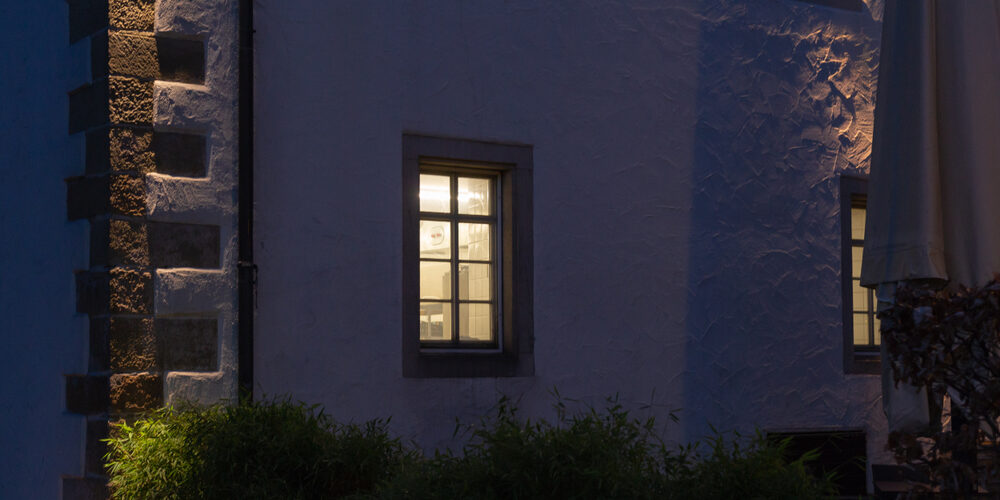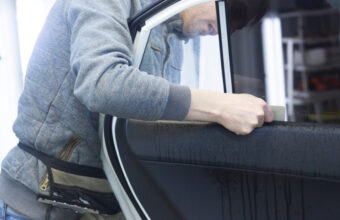One-way glass, also known as two-way mirror glass, relies on differences in lighting conditions between the two sides of the glass to create the illusion of one-way visibility. During the day, when there is more light on one side of the glass (typically the brighter side), observers on that side see a mirrored reflection, while those on the darker side can see through the glass. This effect works because the side with more light reflects more light than it allows to pass through, creating a mirror-like appearance.
However, the effectiveness of one-way glass diminishes at night when there is less contrast in lighting between the two sides. At night, both sides of the glass may be similarly illuminated by interior or exterior lighting, reducing the mirror effect and allowing for increased visibility through the glass from both sides. As a result, one-way glass may not provide the same level of privacy or security at night as it does during the day.
It’s essential to consider lighting conditions and environmental factors when evaluating the effectiveness of one-way glass for privacy and security, both during the day and at night. Other factors such as the angle of view, distance from the glass, and the type of glass and lighting sources involved can also affect visibility through one-way glass.






